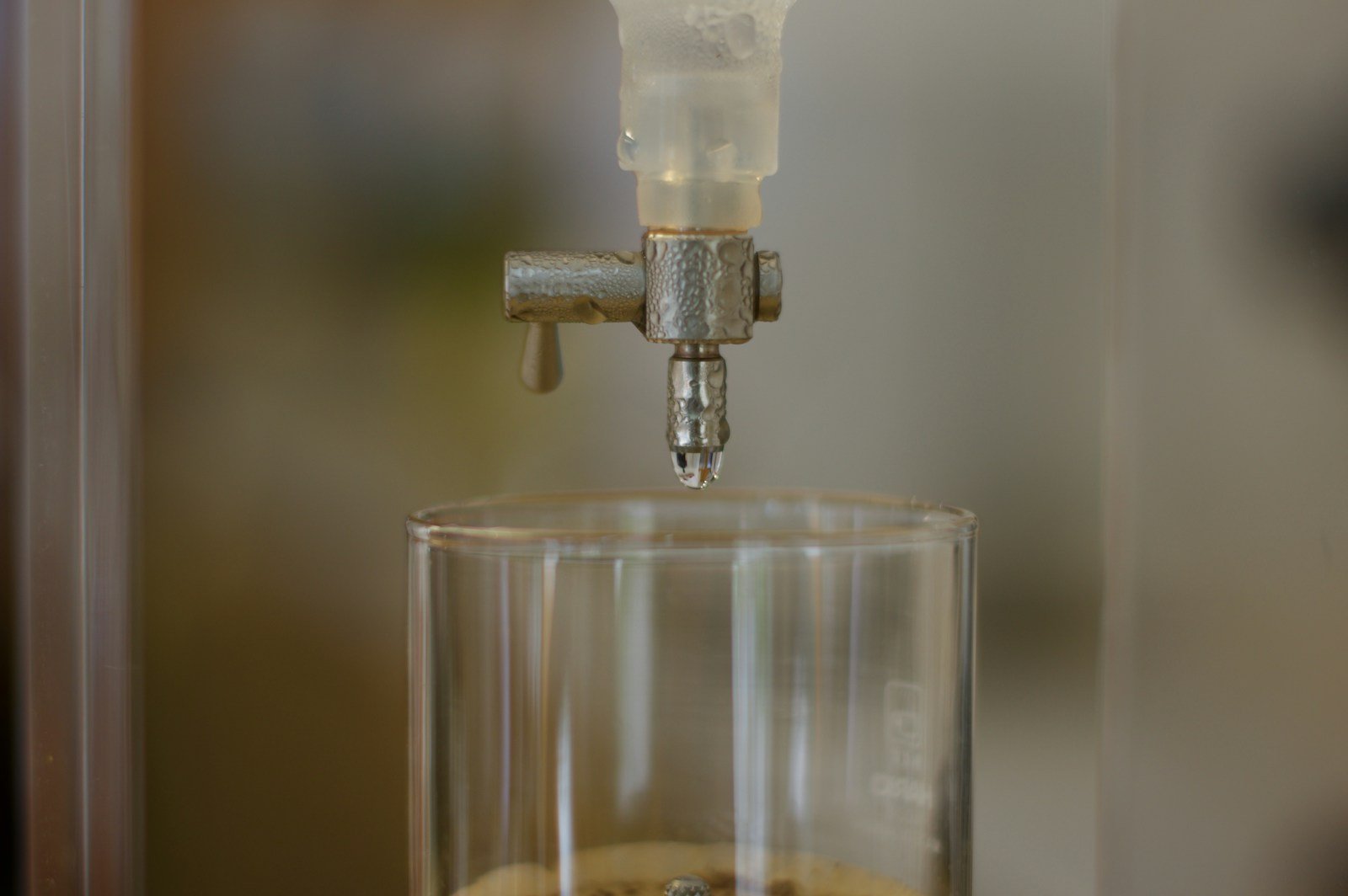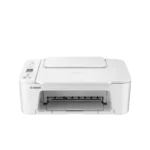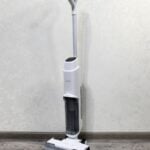Water purification is more than just removing impurities — it’s about tailoring water to fit a purpose. Two of the most widely used methods, distillation and deionization, achieve this goal in very different ways. While both produce highly purified water, they differ significantly in what they remove, how they operate, and where they’re best applied.
Distilled water is created through a simple but energy-intensive process: boiling water until it turns to steam, then condensing that vapor back into liquid. This leaves behind heavy metals, salts, and many contaminants, producing clean, mineral-free water. On the other hand, deionized (DI) water is purified using ion-exchange resins that trap positively and negatively charged particles like calcium, magnesium, chloride, and sulfate. The result is water with extremely low electrical conductivity — almost no ionic content.
Let’s take a deeper look at how these purification methods compare and why one might be better suited than the other depending on the situation.
🧪 How Distilled and Deionized Water Are Made
Distillation removes impurities through phase change. When water is boiled, most contaminants — especially minerals, bacteria, and heavy metals — are left behind. However, unless specifically designed to filter them out, volatile organic compounds (VOCs) like benzene or chlorine may evaporate with the water and re-condense, slightly limiting purity unless a post-filtration system is added.
Deionization uses ion-exchange resins, often in tandem with reverse osmosis, to remove dissolved ions from water. Sodium, calcium, chloride, and other charged particles are exchanged for hydrogen and hydroxide ions, which combine to form pure water. However, DI systems don’t remove uncharged contaminants like some bacteria, viruses, or organics unless pre-treated through filtration or UV sterilization.
🔬 Which Is More Pure?
Purity depends on what you’re measuring. Deionized water typically has the lowest ionic concentration and conductivity, which is why it’s preferred in high-tech settings like semiconductor manufacturing, analytical chemistry labs, and battery maintenance.
However, distilled water might be considered more comprehensively clean for general use. It removes more types of impurities — including many organic compounds, microorganisms, and heavy metals — making it a better all-around choice for applications like CPAP machines, steam irons, or humidifiers.
⚙️ Cost and Efficiency Comparison
Distillation is a slow, energy-hungry process, especially on a large scale. It requires boiling large amounts of water, which is not only time-consuming but also costly. However, multi-stage distillers can significantly improve purity, making them suitable for medical or sterilization purposes.
Deionization, by contrast, is much more efficient and scalable. It doesn’t require heat, only pressure and routine resin regeneration. DI water systems are ideal for high-volume applications where time and cost are major factors — such as in industrial production, labs, or water-fed pole window cleaning systems.
🧭 Best Use Cases for Each Type
| Water Type | Common Applications |
|---|---|
| Distilled | CPAP machines, humidifiers, steam irons, autoclaves, aquariums, cosmetics, drinking |
| Deionized | Lab glassware rinsing, pharmaceutical prep, car batteries, circuit board cleaning |
Distilled water is a great general-purpose purified water. It’s especially effective where scale buildup or metal corrosion from minerals is a concern. DI water, by contrast, excels in settings where the tiniest trace of minerals could interfere with chemical reactions or sensitive machinery.
⚠️ Drinking Water Safety Considerations
While both distilled and deionized water are technically safe to drink in the short term, neither is ideal for long-term consumption. These waters are devoid of calcium, magnesium, and other beneficial minerals. The World Health Organization notes that drinking demineralized water regularly could increase the risk of mineral deficiency and associated health effects like electrolyte imbalance, fatigue, and bone loss.
Additionally, deionized water can be reactive — it may leach materials from pipes or containers if not stored properly, including metals like lead or copper. This makes it a risky choice for drinking unless processed further and carefully stored.
🧾 Final Thoughts: Which One Should You Use?
It’s not about which water is better — it’s about which is better for the job. Here’s a breakdown:
- Use distilled water if you want a more versatile, broad-spectrum purified water for everyday use in household appliances or basic laboratory work.
- Use deionized water when you need ultra-low ionic content and precision purity — such as in electronics manufacturing, pharmaceutical processes, or chemical analysis.
- Combine RO + DI systems when you need both non-ionic and ionic contaminants removed efficiently — a common setup in cleanrooms and high-end laboratories.
In short, distilled and deionized water each serve a specific purpose. Choosing the right one ensures better performance, longer equipment life, and improved results in both industrial and everyday settings.
Key Takeaways
- Distilled water is created through boiling and condensation while deionized water uses ion-exchange resins to remove mineral salts.
- The purification methods result in different properties, with distilled water lacking most contaminants and deionized water containing virtually no ions.
- Both types of purified water serve specific purposes in industries ranging from automotive to medical to laboratory applications.
Understanding Water Purification
Water purification methods remove contaminants, ions, and impurities from water. Each method offers unique advantages for creating clean water suitable for different applications.
Distillation Process
Distillation is one of the oldest water purification methods. This process involves heating water until it vaporizes and then condensing the vapor back into liquid form.
The heat causes water to turn into steam, leaving behind impurities like minerals, heavy metals, and microorganisms. These contaminants typically have higher boiling points than water and remain in the original container.
When the steam cools in a separate container, it condenses back into water. This condensed water is known as distilled water. The process effectively removes most contaminants but requires significant energy to heat the water.
Distilled water contains virtually no minerals or ions. This makes it useful for laboratory work, medical equipment, and automotive cooling systems where mineral deposits could cause problems.
Deionization Process
Deionization removes ions from water through a chemical exchange process. This method uses specialized resins that exchange hydrogen and hydroxide ions for positive and negative ions in the water.
The process involves passing water through two types of ion-exchange resins. Cation resins replace positive ions with hydrogen ions. Anion resins replace negative ions with hydroxide ions. The hydrogen and hydroxide ions then combine to form water molecules.
Deionized water is highly pure and contains almost no ions. Unlike distillation, deionization doesn’t remove uncharged contaminants such as bacteria or organic compounds.
This method is often used in laboratories, electronics manufacturing, and pharmaceutical production where mineral-free water is essential.
Reverse Osmosis
Reverse osmosis uses pressure to force water molecules through a semi-permeable membrane. This membrane has tiny pores that allow water molecules to pass through while blocking larger contaminants.
The process works against natural osmosis by applying pressure to the contaminated side. Clean water passes through the membrane while contaminants remain behind.
Reverse osmosis removes many impurities including salt, minerals, bacteria, and some organic compounds. This method is more energy-efficient than distillation but still requires pressure to work effectively.
The technology is widely used in drinking water purification systems, desalination plants, and industrial applications. Home reverse osmosis systems often include pre-filters and post-filters to improve water quality.
Comparing Distilled and Deionized Water
Distilled and deionized water are both purified forms of water, but they differ in how they’re made and what they’re used for. These differences affect their purity levels and suitability for various applications.
Purity Levels
Deionized water is generally purer than distilled water. Distilled water has most impurities removed through the boiling and condensation process, but it may still contain some volatile organic compounds that evaporate at the same temperature as water.
Deionized water, on the other hand, has almost all ions removed through ion exchange resins. This results in very low electrical conductivity, a key indicator of water purity.
The purity can be measured in terms of resistivity or conductivity. Deionized water typically has a higher resistivity (lower conductivity) than distilled water because it contains fewer charged particles.
Distilled water may still conduct electricity slightly, while properly deionized water should not conduct electricity at all due to the absence of ions.
Production Methods
Distilled water is produced through a thermal process:
- Water is heated until it boils and turns to steam
- The steam is collected and condensed back into liquid form
- Minerals, bacteria, and many contaminants are left behind
Deionized water is created through a chemical process:
- Water passes through ion exchange resins
- Positively charged ions (cations) are replaced with hydrogen ions
- Negatively charged ions (anions) are replaced with hydroxide ions
- These hydrogen and hydroxide ions form pure water molecules
The distillation process requires more energy because of the heating requirement, while deionization can be more efficient but requires specialized resins that need periodic replacement.
Uses and Applications
Distilled water applications:
- Car batteries and cooling systems
- Steam irons and humidifiers
- Medical equipment sterilization
- Drinking (though it lacks beneficial minerals)
Deionized water is preferred for:
- Laboratory experiments requiring ultra-pure water
- Pharmaceutical manufacturing
- Electronics production and cleaning circuit boards
- Final rinsing in car washes for spot-free results
Both types work well for certain applications, but the choice depends on the specific purity requirements. For instance, laboratories often use deionized water for sensitive chemical tests where any ions might interfere with results.
Medical facilities may use distilled water for equipment sterilization and deionized water for specialized testing. Manufacturing industries select the appropriate type based on production needs and quality standards.
Practical Considerations and Uses
When choosing between distilled and deionized water, understanding their specific applications can help determine which type is most suitable for your needs. Both types have distinct advantages in different settings based on their purity levels and production methods.
Industrial and Laboratory Applications
Deionized water is extensively used in laboratories where the absence of ions is crucial for accurate test results. It’s preferred for preparing reagents, rinsing glassware, and conducting experiments where mineral content could interfere with outcomes.
Distilled water serves as the gold standard in pharmaceutical manufacturing due to its high purity level. It’s essential in the production of medications, vaccines, and other medical supplies where contaminants could compromise product safety.
In automotive applications, distilled water is recommended for car batteries. Unlike tap or municipal water, it contains no minerals that could cause corrosion or decrease battery life. Many manufacturers specifically recommend distilled water for cooling systems to prevent scale buildup.
Electronics manufacturing relies heavily on ultrapure water, often achieved through a combination of distillation and deionization. This ensures circuit boards and sensitive components aren’t damaged by mineral deposits or ionic contamination.
Home and Personal Use
Distilled water is commonly used in home appliances like steam irons, humidifiers, and CPAP machines. These devices benefit from water without minerals that could cause buildup or clogging over time.
For aquarium enthusiasts, deionized water provides a blank slate for creating precisely controlled environments. By starting with pure water, hobbyists can add exactly the minerals their specific fish species require.
Many people use distilled water for drinking, though it lacks beneficial minerals found in tap water. Some home brewers prefer distilled or deionized water as it allows them to control the exact mineral profile of their beer or spirits.
In beauty routines, distilled water is sometimes used in homemade facial toners or hair rinses. The absence of chlorine and heavy metals makes it gentler on skin and hair than municipal water.
Choosing the Right Type for Your Needs
When selecting between distilled and deionized water, consider the specific purity requirements of your application. For medical equipment and laboratory work requiring the highest purity, distilled water is often preferred.
Cost is an important factor to consider. Deionized water is typically less expensive to produce than distilled water, making it more economical for applications where absolute purity isn’t essential.
Shelf life differs between the two types. Distilled water generally stays pure longer because the distillation process kills bacteria and viruses. Deionized water may require more careful storage to prevent contamination.
For home use, distilled water is generally more accessible and versatile. It’s widely available in grocery stores and pharmacies, while deionized water may be harder to find outside of specialty suppliers.
Water Quality and Mineral Content
Water quality varies significantly between different types of water, with mineral content playing a key role in how water behaves and tastes. Both distilled and deionized water undergo processes that remove minerals, but they do so in different ways.
Effects of Calcium and Magnesium
Calcium and magnesium are two essential minerals commonly found in tap water and municipal water supplies. These minerals contribute to water hardness but also provide health benefits when consumed.
In natural water sources, calcium helps build strong bones and supports muscle function. Magnesium aids in energy production and nervous system regulation.
Distilled water removes these minerals through the boiling and condensation process, while deionized water uses ion exchange to specifically target and remove charged mineral particles.
The absence of these minerals in both water types means they won’t contribute to your daily mineral intake like tap water might. Some researchers suggest drinking mineral-free water exclusively could potentially lead to mineral deficiencies over time.
Addressing Hard Water Concerns
Hard water, characterized by high calcium and magnesium levels, creates numerous household challenges. These minerals can cause scale buildup in pipes, reduce soap effectiveness, and leave residue on fixtures.
Deionized water effectively addresses hard water problems by removing the charged calcium and magnesium ions that cause hardness. This makes it excellent for:
- Preventing scale buildup in appliances
- Extending the lifespan of water heaters
- Improving cleaning efficiency
Distilled water also eliminates hardness minerals, but through evaporation rather than ion exchange. Both water types help prevent corrosion in sensitive equipment and industrial applications.
For home use, water softeners often provide a more cost-effective solution than producing distilled or deionized water. These systems specifically target hardness minerals while leaving beneficial minerals intact.
Frequently Asked Questions
People often have specific questions about distilled and deionized water. These questions cover usage in various applications, safety concerns, and practical substitutions.
What are the primary differences between distilled and deionized water?
Distilled water is created through a boiling and condensation process that removes contaminants and impurities like chlorine. This process produces water that is largely free of minerals and ions.
Deionized water is made by passing water through ion-exchange resins that remove charged particles (ions). Unlike distilled water, deionized water may still contain some traces of minerals and uncharged contaminants.
The main difference lies in the purification method: distillation uses heat, while deionization uses chemical exchange.
Is there a preference between distilled and deionized water for use in vehicle coolants?
Distilled water is typically preferred for vehicle coolants because it lacks the minerals that can cause scaling in cooling systems. These minerals can reduce cooling efficiency over time.
Deionized water can also work for coolants, but may not remove all potential contaminants that could affect engine performance. However, many commercial coolants are pre-mixed with either type.
Manufacturers often recommend distilled water when mixing coolants to ensure maximum protection for the cooling system.
Can distilled water be substituted by deionized water for cleaning purposes?
Yes, deionized water can generally substitute for distilled water in most cleaning applications. Both leave minimal residue after drying, making them excellent for streak-free cleaning.
For laboratory equipment or sensitive electronics, either type works well. Both water types help avoid mineral deposits that can damage or degrade performance.
For everyday household cleaning, the differences are minimal and either option works effectively.
Which type of water is better for watering plants, distilled or deionized?
Neither distilled nor deionized water is ideal for watering plants long-term. Plants actually benefit from some minerals found in regular water.
If using these purified waters for plants, it’s beneficial to add plant food or fertilizer to replace missing nutrients. This is especially important for houseplants that rely solely on the water you provide.
Short-term use of either water type won’t harm plants, but regular tap water (if not heavily chlorinated) is often better for plant health.
What are the implications of using distilled versus deionized water in battery maintenance?
Distilled water is traditionally recommended for battery maintenance because it contains no minerals that could create unwanted electrical connections or corrode battery components.
Deionized water can also work effectively for batteries since it similarly lacks conductive ions. Either type helps prevent mineral buildup that could shorten battery life.
Battery manufacturers typically specify distilled water in their maintenance guidelines, but high-quality deionized water is generally an acceptable substitute.
Is it safe for human consumption to drink deionized water?
Drinking deionized water is generally not recommended for regular consumption. This water lacks minerals that are beneficial to human health and has a flat, unpleasant taste.
Since deionized water contains almost no minerals, it may potentially leach minerals from the body when consumed in large quantities. However, occasional consumption poses minimal risk.
Regular drinking water with natural minerals offers better hydration and provides small amounts of essential nutrients like calcium and magnesium.







